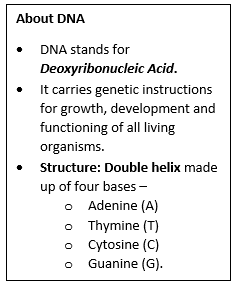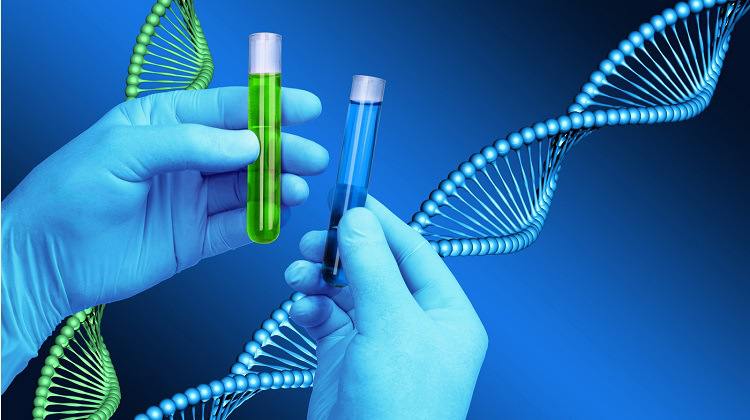Syllabus
GS 2: Polity and Governance
Context:
Recently, supreme court has laid down procedural guidelines to ensure the proper and uniform handling of DNA evidence.
More on the News
- These guidelines aim to ensure that DNA evidence is handled in the same way everywhere, as it is a very sensitive part of criminal investigations.
- This step was taken after the Supreme Court acquitted a man who had been sentenced to death for the 2011 rape and murder of two people in Tamil Nadu.
- The Court found that the conviction was based solely on DNA evidence which was unreliable due to serious procedural lapses—such as the post-mortem being done in the open and poor documentation of crucial DNA samples.
Guidelines Introduced by SC
- Biological samples should be collected by trained personnel equipped with protective gear.
- After collection, samples must be immediately sealed in a tamper-proof container and clearly labelled with relevant information such as FIR number, date, sections and statutes involved, details of the investigating officer and the police station.
- Evidence documentation should include signatures from the medical professional, investigating officer and an independent witness.
- Samples must be transported to designated spaces/forensic labs, and the same shall be documented by the investigating officers within 48 hours.
- The evidence must also be stored under conditions that prevent degradation.
- The samples shall not be opened, altered or resealed without the approval of the trial court, before the start of the proceedings.
- A “chain of custody” log must be maintained that documents each phase of handling and transfer. This ensures that the evidence collected remains intact and verifiable.

Importance of DNA Samples
- Investigation agencies collect DNA samples from crime scenes to perform DNA testing, a forensic technique used to identify people based on their unique genetic traits.
- In criminal cases, DNA testing links suspects to biological traces like blood, semen, saliva or hair found at the scene.
- To check for a match, the collected DNA is compared with a reference sample, usually from the suspect or victim.
- If they match across several genetic points, the result can serve as important evidence in court.
Significance of the Guidelines
- These guidelines stress the importance of using a scientifically reliable and tamper-proof process for handling DNA evidence, starting from its collection.
- The judgment highlights the importance of a strong and scientifically sound procedure to prevent any contamination, damage or manipulation of DNA samples.
- The guidelines will help standardize forensic practices across all states, removing inconsistencies in how DNA evidence is analysed and reported.
Mains Question
Discuss the importance of standardised procedures in the collection and handling of DNA evidence in criminal investigations. Highlight recent judicial interventions in this regard and their implications for the justice delivery system. (15M, 250W)
Source
https://indianexpress.com/article/explained/explained-law/sc-guidelines-dna-evidence-10136738

